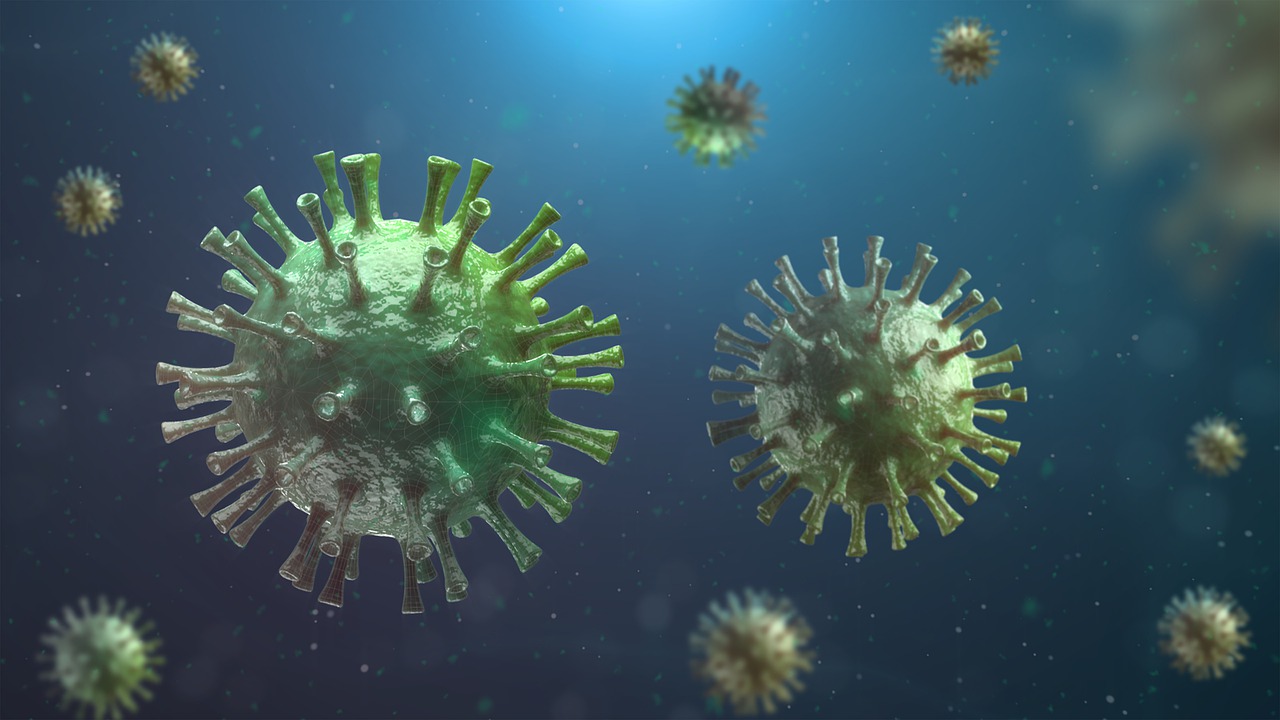COVID-19 is the disease caused by a new coronavirus called SARS-CoV-2. WHO first learned of this new virus on 31 December 2019, following a report of a cluster of cases of ‘viral pneumonia’ in Wuhan, People’s Republic of China.
Most people infected with the COVID-19 virus will experience mild to moderate respiratory illness and recover without requiring special treatment. Older people, and those with underlying medical problems like cardiovascular disease, diabetes, chronic respiratory disease, and cancer are more likely to develop serious illness.
The best way to prevent and slow down transmission is to be well informed about the COVID-19 virus, the disease it causes and how it spreads. Protect yourself and others from infection by washing your hands or using an alcohol based rub frequently and not touching your face.
The COVID-19 virus spreads primarily through droplets of saliva or discharge from the nose when an infected person coughs or sneezes, so it’s important that you also practice respiratory etiquette (for example, by coughing into a flexed elbow).
The most common symptoms of COVID-19 are: fever, dry cough, fatigue
Other symptoms that are less common and may affect some patients include:
- loss of taste or smell,
- nasal congestion, conjunctivitis (also known as red eyes)
- sore throat,
- headache, muscle or joint pain,
- different types of skin rash,
- nausea or vomiting, diarrhea,
- chills or dizziness.
Among those who develop symptoms, most (about 80%) recover from the disease without needing hospital treatment. About 15% become seriously ill and require oxygen and 5% become critically ill and need intensive care.
Complications leading to death may include respiratory failure, acute respiratory distress syndrome (ARDS), sepsis and septic shock, thromboembolism, and/or multiorgan failure, including injury of the heart, liver or kidneys. In rare situations, children can develop a severe inflammatory syndrome a few weeks after infection.
Read More – World Health Organization
COVID-19 (Coronavirus disease 2019) is a contagious disease caused by severe acute respiratory syndrome coronavirus (SARS-CoV-2). The first known case was identified in Wuhan, China in December 2019. The disease has since spread worldwide, leading to an ongoing pandemic.
Symptoms of COVID-19 are variable, but often include fever, cough, headache, fatigue, breathing difficulties, and loss of smell and taste. Symptoms may begin one to fourteen days after exposure to the virus. At least a third of people who are infected do not develop noticeable symptoms. Of those people who develop noticeable symptoms enough to be classed as patients, most (81%) develop mild to moderate symptoms (up to mild pneumonia), while 14% develop severe symptoms (dyspnea, hypoxia, or more than 50% lung involvement on imaging), and 5% suffer critical symptoms (respiratory failure, shock, or multiorgan dysfunction). Older people are at a higher risk of developing severe symptoms. Some people continue to experience a range of effects (long COVID) for months after recovery, and damage to organs has been observed.Multi-year studies are underway to further investigate the long-term effects of the disease.
Transmission of COVID-19 occurs when people are exposed to virus-containing respiratory droplets and airborne particles exhaled by an infected person. The risk of infection is highest when people are in close proximity for a long time, but particles can be inhaled over longer distances, particularly indoors in poorly ventilated and crowded spaces. In those conditions small particles can remain suspended in the air for minutes to hours. Touching a contaminated surface or object may lead to infection although this does not contribute substantially to transmission. People who are infected can transmit the virus to another person up to two days before they themselves show symptoms, as can people who do not experience symptoms. People remain infectious for up to ten days after the onset of symptoms in moderate cases and up to twenty days in severe cases.
Several testing methods have been developed to diagnose the disease. The standard diagnostic method is by detection of the virus’ nucleic acid by real-time reverse transcription polymerase chain reaction (rRT-PCR), transcription-mediated amplification (TMA), or by reverse transcription loop-mediated isothermal amplification (RT-LAMP) from a nasopharyngeal swab.
Preventive measures include physical or social distancing, quarantining, ventilation of indoor spaces, covering coughs and sneezes, hand washing, and keeping unwashed hands away from the face. The use of face masks or coverings has been recommended in public settings to minimize the risk of transmissions.
Several vaccines have been developed and many countries have initiated mass vaccination campaigns.
COVID-19: Latest posts
- Novavax’s COVID-19 vaccine received FDA AdCom approval, clearing “serious hurdles”
- U.S.FDA lifts ban on COVAXIN Covid-19 vaccine candidate study
- MicroGEM’s PCR test, which gives results in 27 minutes, received EUA approval from FDA
- Australian Biotron’s share price rose 38% due to COVID-19 study results
- New study shows, longer intervals between COVID-19 vaccinations result in 9 times more protective antibodies



OF NATURAL PRODUCTS AND EXTRACTS


